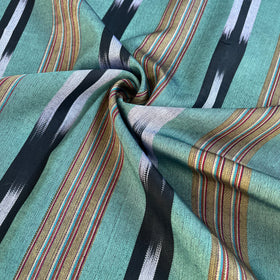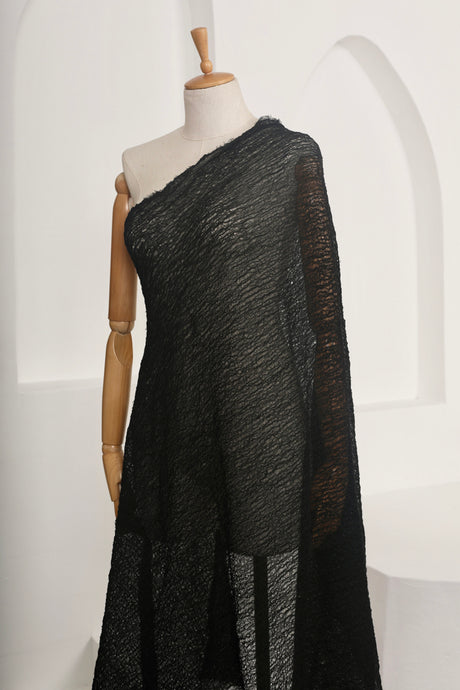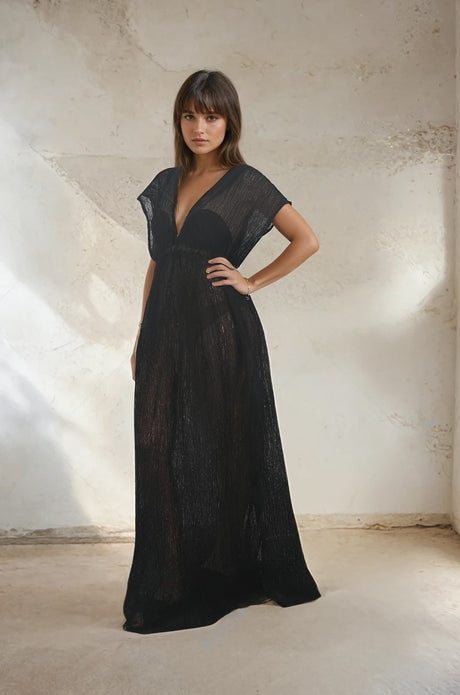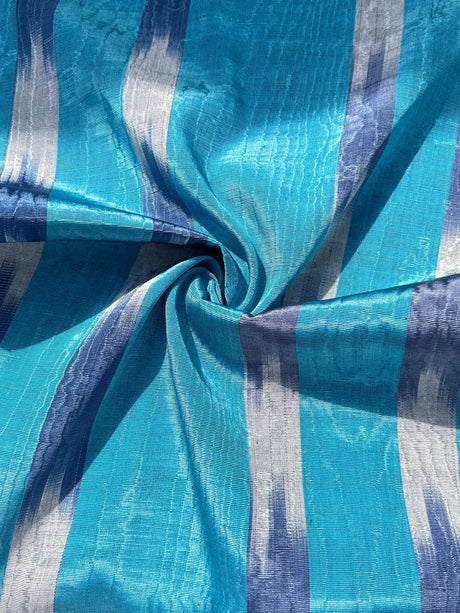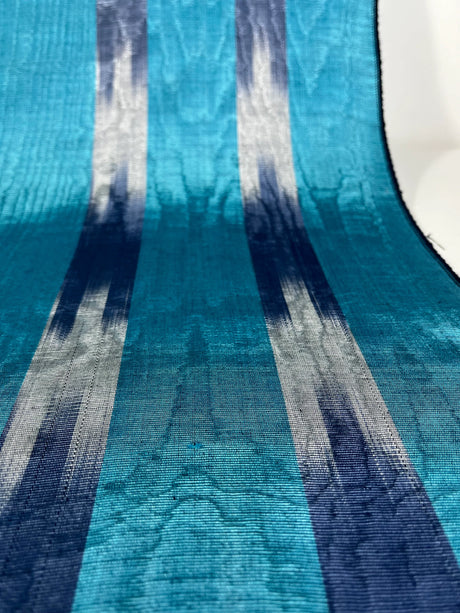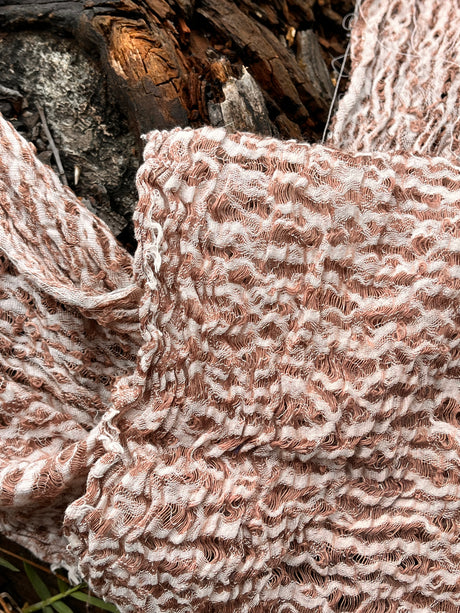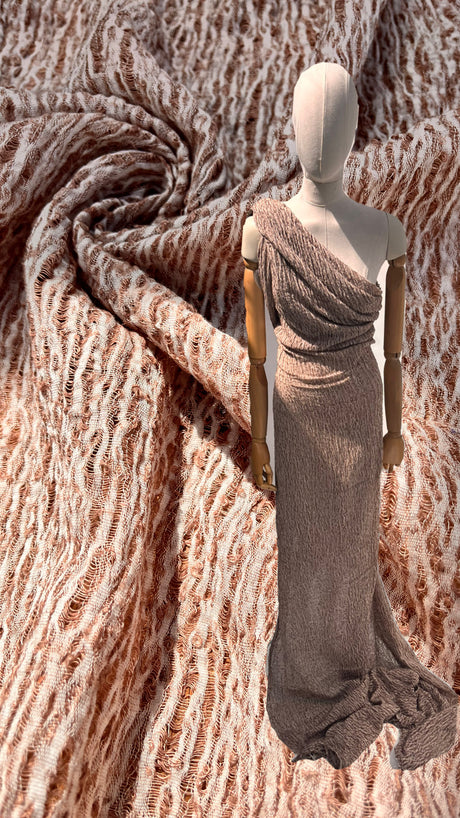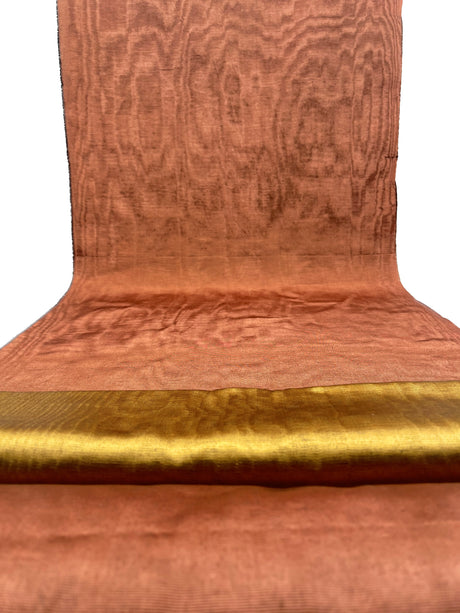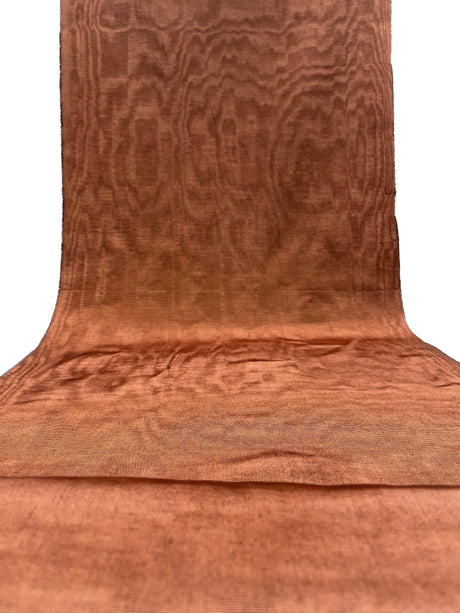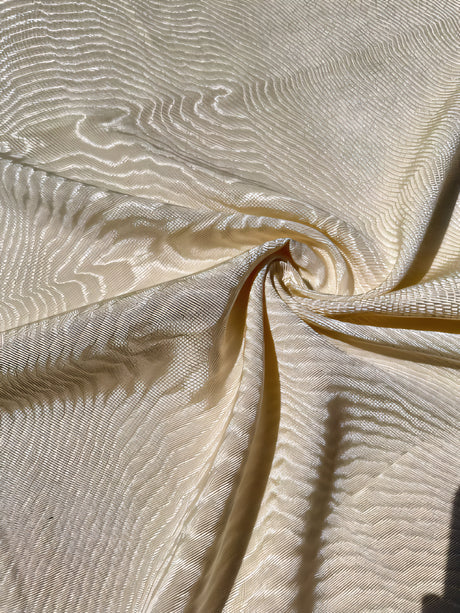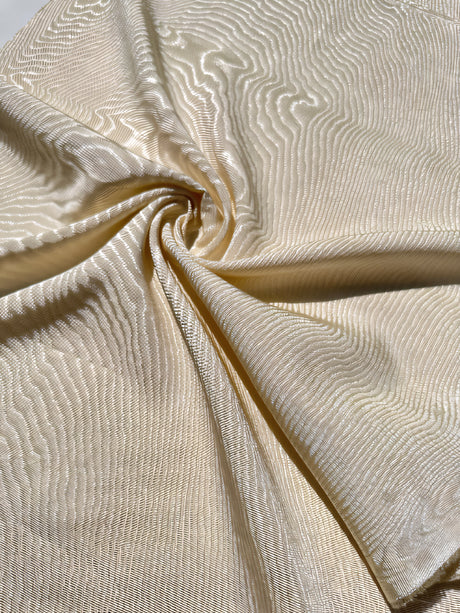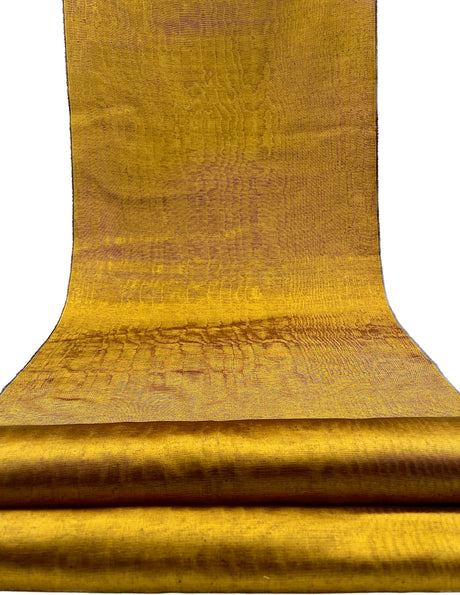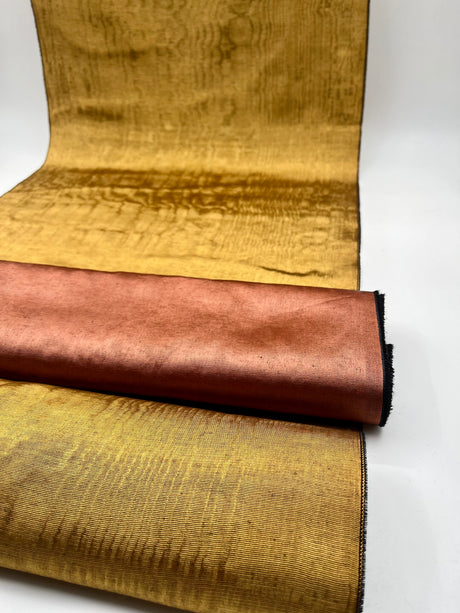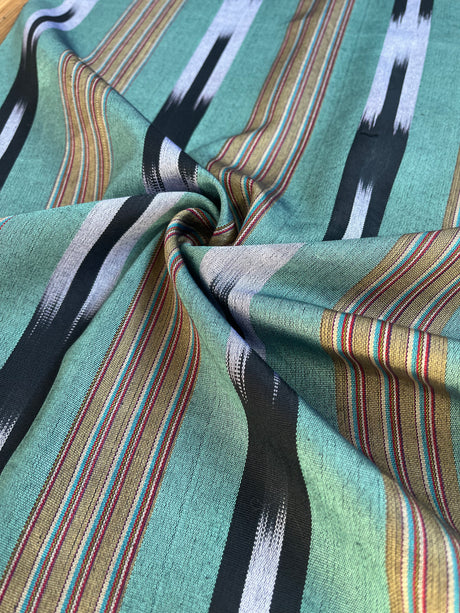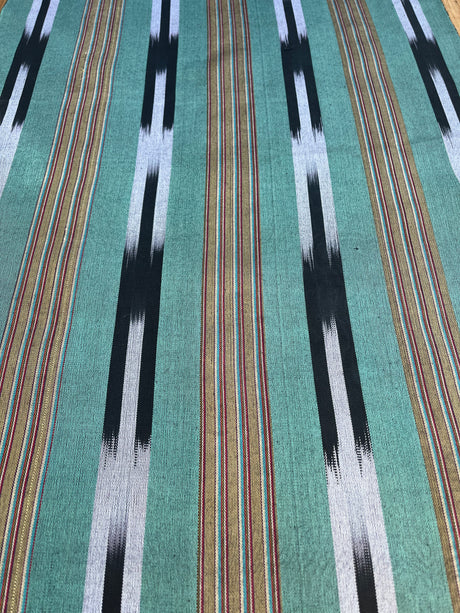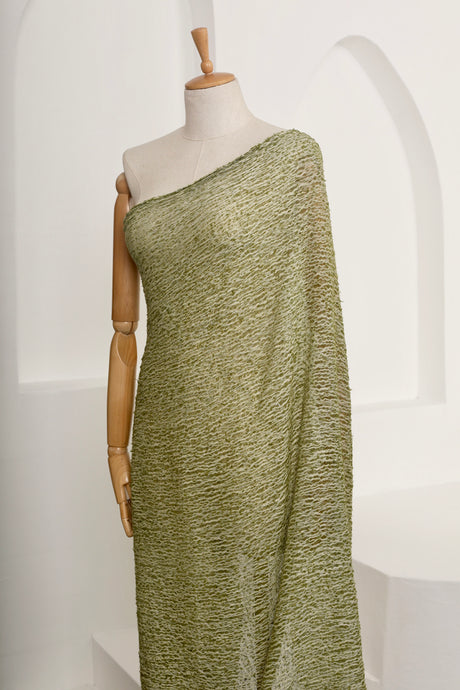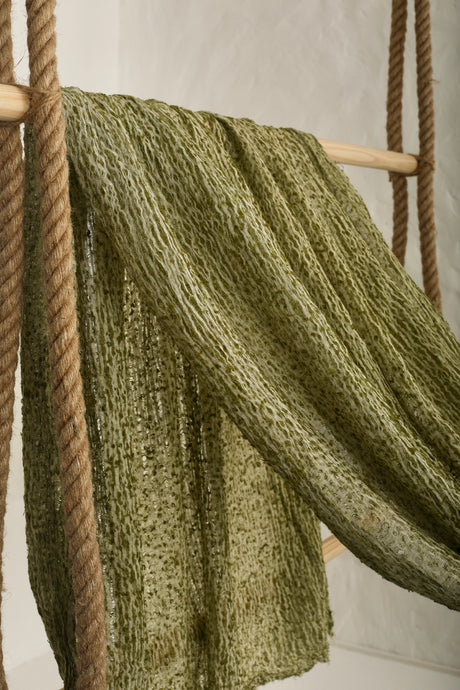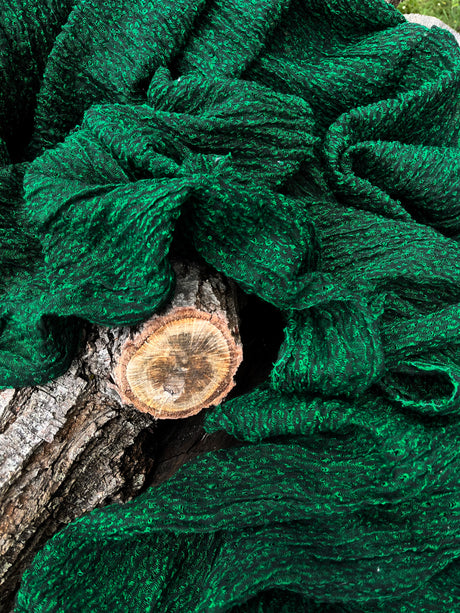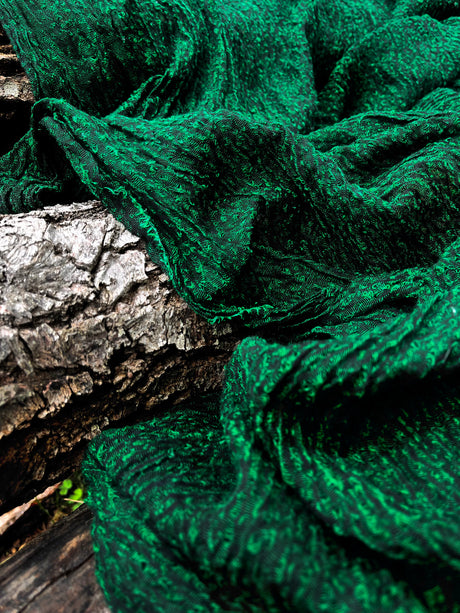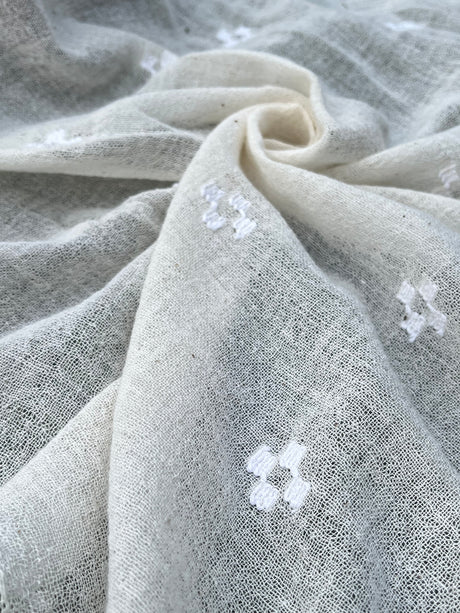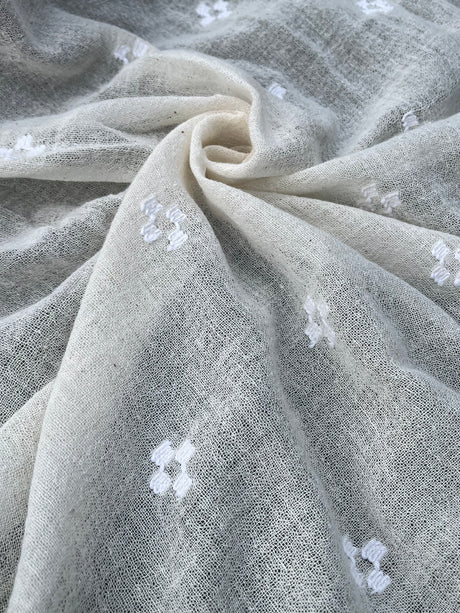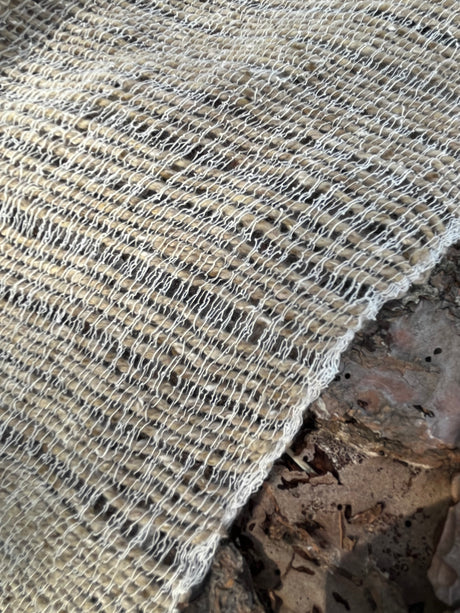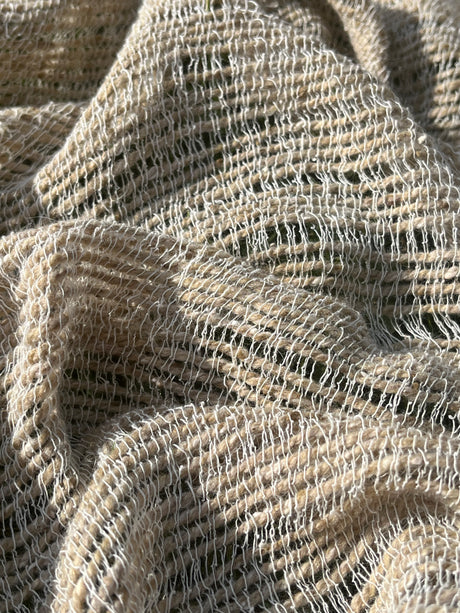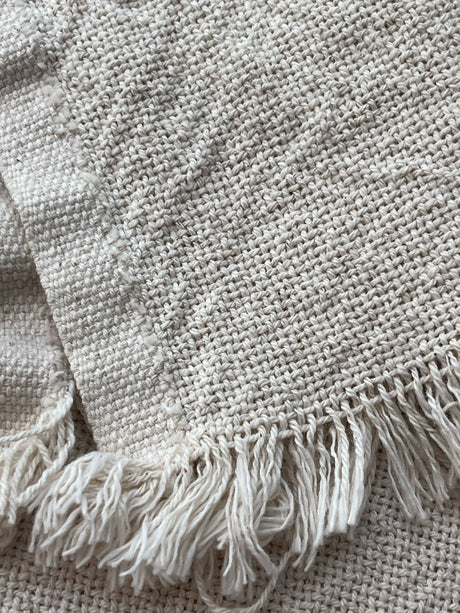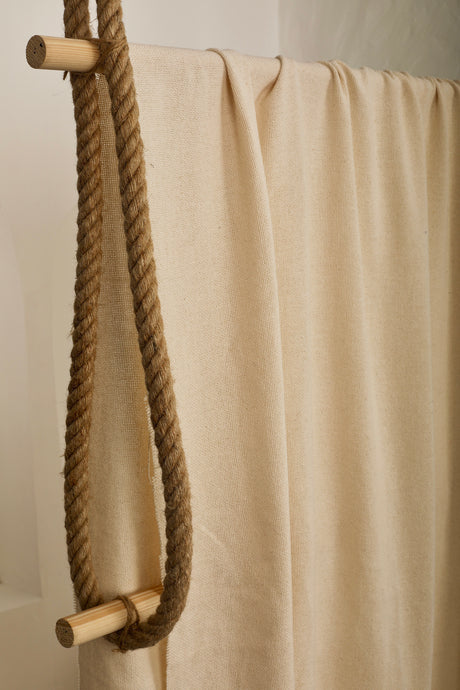Multicolour Rainbow Stripes Satin Silk Weave, Upholstery For Ottoman Headboard, Home Textile Interior Fabrics: Pillow Covers, Traditional Syrian Fabrics
Description
Satin Silk Weave, Upholstery For Ottoman Headboard, Home Textile Interior Fabrics: Pillow Covers, Traditional Syrian Fabrics
►PRODUCT DETAILS
Width:65 cm.
Length: One yard of fabric measures 36” long, and multiple yards is cut as a continuous length.
Composition : %70 ORG Turkish Silk,- %30 Turkish Organic Cotton.
Colour: Multi colour stripes.
Endurance : not stretchy, but soft hand and fluid.
%100 Organic Plant Dyed Yarn.
%100 Sustainable, Eco Friendly.
Elevate your home decor with our exquisite collection of silk upholstery and pillow cover fabrics. From luxurious silk throw pillows to kimono-inspired designs, we offer a wide range of options to suit your style. Explore our selection of ottoman heritage silk kutnu fabrics to add a touch of luxury to your interior space. Whether you're looking for decorative fabrics or high-quality silk cushions, we have everything you need to create a luxurious and inviting atmosphere in your home.
This fabric is inspired by the SAYA fabric, which is a Syrian-made fabric of Kutnu fabric. Its weave is satin weave and its structure is thick. You can find information about the fabric called Saya and the Kutnu fabric, which is a legacy of the Ottoman Empire, below.
► ABOUT SAYA FABRIC
The Saya fabric, renowned for its deep historical roots and cultural significance, embodies meticulous artistry passed down through generations, intricately woven to capture the essence of Damascus's era. Worn by the people of Bilad al Sham (Levantine Region) similar to an open galabeya, the fabric, though made from cotton, radiates the luxurious sheen of silk.
►HISTORY OF ''KUTNU MOIRE''
Kutnu weaving has a rich history dating back to the 16th century, originating in Gaziantep through Syrian immigrant families. Over time, it became a distinctive craft of the region, favored not only by the public but also by the Ottoman Palace and its surroundings in the 17th century. Today, Kutnu is gaining global recognition, notably featured in luxury brands' 23 fall collections.

